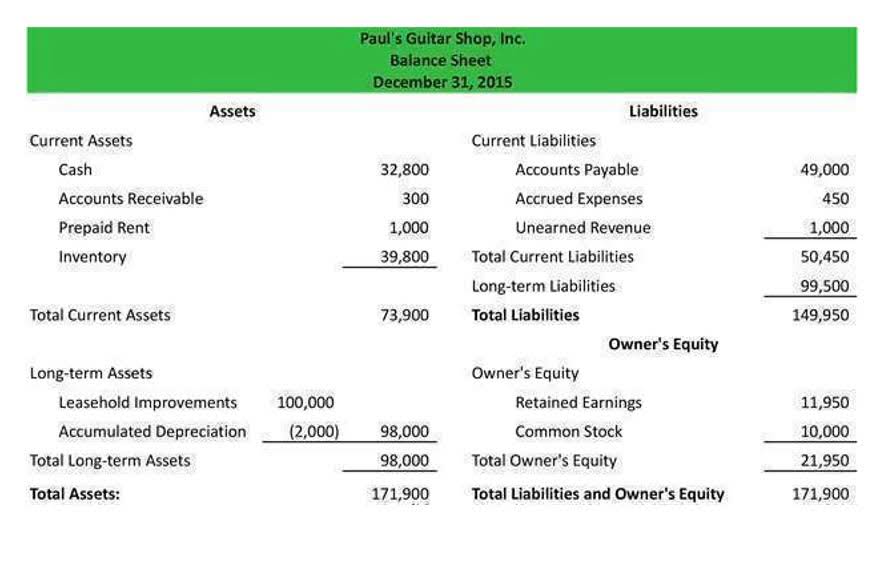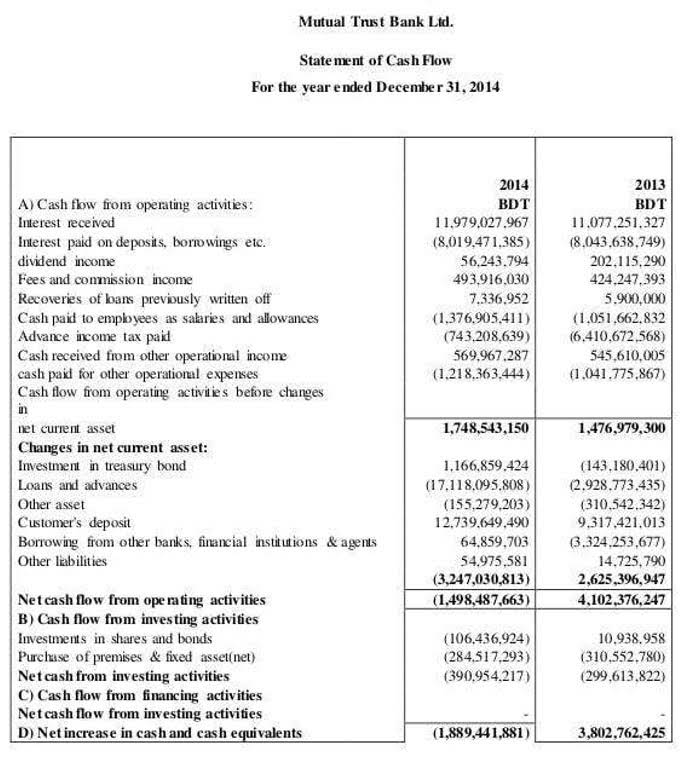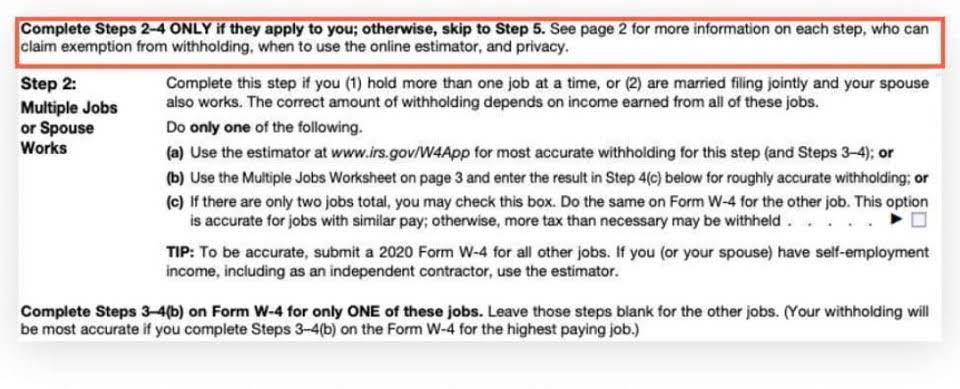
For others who are paid an hourly rate, more labor hours result in higher paychecks.
Variable costs vs fixed costs
It encompasses all necessary resources, including labor, materials, marketing, and anything else needed to sell the product. Let’s say your business sells chairs for $80 each, but it costs you $25 in labor and $25 in materials to make them, for a total production cost of $50 per unit. A company that seeks to increase its profit by decreasing variable costs may need to cut down on fluctuating costs for raw materials, direct labor, and advertising. However, the cost cut should not affect product or service quality as this would damage sales. The break-even point occurs when fixed costs equal the gross margin, resulting in no a variable cost is a cost that profits or losses. In this case, when the bakery sells 45 cakes for a total variable cost of $675, it breaks even.
- Economies of scale refer to the cost advantages that a company can achieve by increasing its production output.
- Therefore, leverage rewards the company for not choosing variable costs, as long as the company can produce enough output.
- Companies that can control and reduce their variable costs can offer lower prices or higher quality products, giving them a competitive edge.
- For example, Amy is quite concerned about her bakery as the revenue generated from sales are below the total costs of running the bakery.
- Knowing how variable costs behave in relation to production volumes allows businesses to determine their cost per unit, which is essential for setting prices that cover costs and generate profit.
- You can change your settings at any time, including withdrawing your consent, by using the toggles on the Cookie Policy, or by clicking on the manage consent button at the bottom of the screen.
Is advertising a fixed or variable cost?
- Product packaging and shipping materials are another necessary cost.
- Variable costs increase as production rises and decrease as production falls.
- Therefore, total variable costs can be calculated by multiplying the total quantity of output by the unit variable cost.
- However, in practice, they may become nonlinear due to factors like bulk discounts, capacity limits, or efficiency changes at different output levels.
- Additionally, as businesses face growing pressure to adopt sustainable practices, the management of variable costs becomes even more significant.
You should strive to keep variable cost per unit as low as possible since this will result in more profit per unit. But if your total variable costs are rising, you are producing more units—hopefully at a net profit. Yes, your total variable costs will increase as you produce more units. This is because variable costs are tied to the total quantity of units you produce. For example, if you produce 1 chair with a variable cost per unit of $50, your total variable costs would increase to $500 if you produced 10 chairs. Where average variable cost is most useful, however, is when you’re trying to calculate your average costs while accounting for multiple products with different variable costs per unit.

Choosing Expense Structure
Its fixed costs might include rent for the storefront and salaries for permanent staff. Meanwhile, its variable costs—such as inventory purchases—depend on how much the store expects to sell. During a busy season, inventory costs rise; in a slower period, they fall. Variable costs are often assumed to be linear within a relevant range, meaning they increase proportionally with production volume.
Cost Analysis and Control

Revisiting the Christmas tree example, let’s say the company’s total variable cost for 2023 was also $4.5 million, but the company produced only 80,000 trees that year. This means average variable cost jumped to $56.25 per unit, an $11.25 increase from 2022 ($4.5 million / 80,000 trees). For example, a bakery producing custom cakes must consider the cost of ingredients, labor, and utilities Accounts Payable Management (all variable costs) when pricing each cake. If these costs increase but the bakery fails to adjust its pricing accordingly, profit margins will shrink. As a company sells more products, it pays out more in commissions to its sales staff.

Is salary a fixed or variable cost?
A company with higher variable costs can bear economic downturns more easily by reducing production. If you enable Shopify Payments, card fees stay flat and transparent, making it easier to model the fee portion of your variable costs. You pay the credit card rate, but you don’t pay a transaction fee for orders processed through Shopify Payments. If you’re manufacturing your own product, these costs are allocated to the materials you purchase in order to produce the goods.
Disadvantages of Variable Costs

If the cash flow company has no sales, the total sales commission expense will be $0. When sales are $100,000 the sales commission expense will be $5,000. Sales of $200,000 will mean total sales commission expense of $10,000. Sales of $400,000 will result in total sales commission expense of $20,000.
